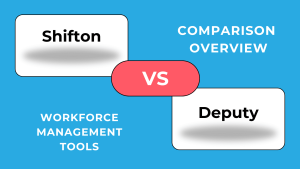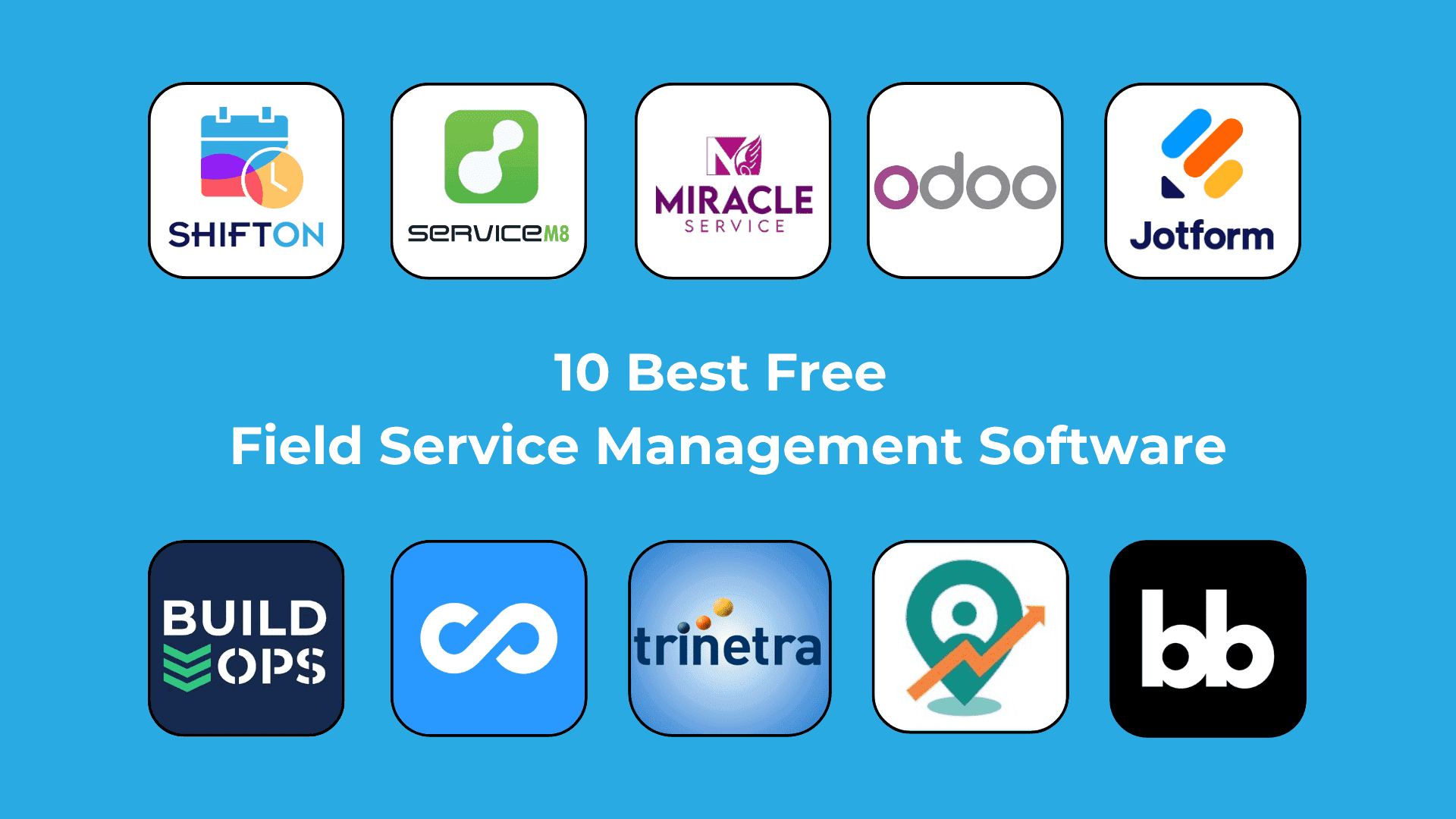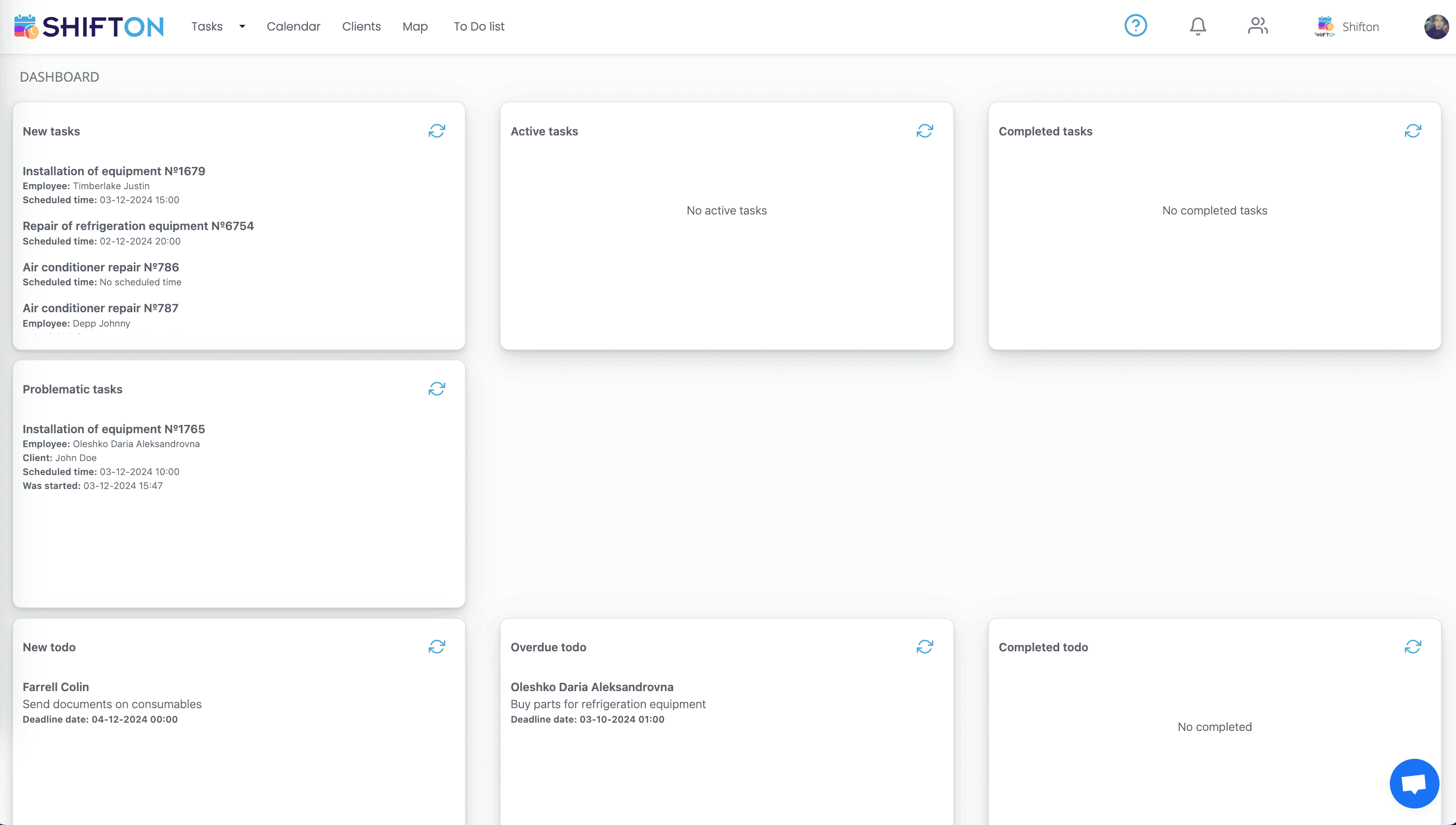Effective business scaling requires not only bold ideas, but also competent human resource management. Human resource planning and strategic planning play a key role in ensuring company stability and growth. In a rapidly changing marketplace, organizations must adapt with innovative approaches to HR management. In this article, we will look at 20 strategies that will help you grow your business effectively. Firstly, you should know — what is a human resource planning system? By applying these methods, you will not only be able to optimize your processes, but also create a human resource plan correctly.
Understanding Human Resource Planning
Human resource planning (HR planning) is a strategic process that helps organizations forecast and manage workforce needs to achieve their goals. This process involves analyzing the current state of the workforce, identifying workforce requirements, and developing plans to attract, create a human resource plan, develop, and retain workers. Understanding the basics to create a human resource plan allows organizations not only to make the best use of their resources, but also to prevent staffing shortages or redundancies, which is especially important in times of market instability.
An important part of HR-planning is the assessment of the current staff composition and its compliance with the company’s strategic HR goals. This includes analyzing the qualifications, experience, and potential of employees. Identifying bottlenecks in the workforce allows organizations to develop targeted training and development programs, which helps to create a human resource plan, internal talent, and reduce dependence on the external labor market.
Another critical aspect of HR planning is forecasting staffing needs. This may involve analyzing market trends, demographic changes, and internal factors such as employee retirements or job transitions. A properly conducted forecast helps avoid disruption and provides the foundation for building a strong and competitive team that is ready for change and new challenges.
In addition, modern HR planning uses various tools and methods to optimize HR processes. These can be electronic HR record systems that automate routine processes, as well as analytical tools to evaluate the effectiveness of HR strategies. The introduction of technology into HR planning can create a human resource plan more flexible and adaptive, allowing it to respond quickly to changes in the business environment and the company’s internal needs. So, how to create a human resource plan?
Strategies for Effective Human Resource Planning
Effective human resource planning is an important foundation for the success of any organization. It implies a strategic approach to human resource management that not only meets current business needs, but also builds long-term potential for sustainable growth. In a rapidly changing marketplace, organizations are faced with the need to adapt and anticipate changes in workforce needs. Proper planning helps to accommodate changes in economic conditions, demographic trends, and regulatory changes.
Current HR management practices should include proactive strategies to improve the quality of the workforce. This involves the use of modern tools for analyzing and assessing human resource potential, as well as developing flexible programs that can meet the challenges of the times. It is also important to realize that human resource planning is not just a statistic, but an opportunity to create a human resource plan jobs and foster a supportive work environment where employees feel engaged and valued.
To get the best results in HR planning, it is very important to take into account the personal and professional aspects of employees. Strategies to support their development and skill development, reward them fairly and create a human resource plan and a healthy corporate culture are integral to successful human resource management. Ultimately, effective human resource planning contributes to building a strong, motivated and cohesive team ready to overcome any challenges.
1. Conducting a Workforce Analysis
Conducting a workforce analysis is the primary step when you create a human resource plan. It includes assessing the current state of the workforce, studying the qualifications and skills of employees, and identifying missing competencies. This helps to identify bottlenecks and plan the necessary steps of human resource planning to eliminate them. Analyzing workforce data also helps in identifying factors that contribute to talent retention and productivity, which forms the basis for further strategies and initiatives.
2. Developing a Robust Talent Acquisition Strategy
Creating a robust talent acquisition strategy requires a comprehensive approach that includes effectively positioning the company as an attractive employer. This can be accomplished by developing a vibrant employer brand, conducting targeted recruitment campaigns and utilizing social media to reach a wide audience. It is also important to optimize the hiring process to create a human resource plan that is transparent and efficient, which will increase the chances of attracting top talent.
3. Implementing Employee Development Programs
Employee development programs play an important role in talent retention and quality improvement. Creating customized development plans that include training, mentoring, and professional growth opportunities not only helps create a human resource plan for employees’ skills but also strengthens their commitment to the company. Such initiatives help create a human resource plan environment where workers feel supported and can grow in their careers, which in turn has a positive impact on productivity and innovation.
4. Promoting Diversity and Inclusion
Promoting diversity and inclusion in the work environment not only meets today’s societal demands when you create a human resource plan, but also actively contributes to productivity and innovation. Creating a team with diverse backgrounds and perspectives allows for unconventional solutions and approaches that give the company a competitive advantage. The implementation of the inclusion policy requires corporate training and the creation of a safe environment where each employee can express his/her opinion and be heard.
5. Utilizing Workforce Analytics
Using workforce analytics helps organizations create a human resource plan informed by data-driven decisions. This can include analyzing trends in employee turnover, assessing productivity, and identifying factors that affect employee engagement. Modern analytics tools allow HR professionals to predict future needs and allocate resources optimally, ensuring that the team and the company as a whole are maximized.
6. Leveraging Employee Feedback
Utilizing employee feedback is becoming an indispensable tool for corporate growth and development. Regular surveys and focus groups provide an opportunity to identify current employee concerns and expectations, which in turn helps to customize internal processes and practices according to their needs. This feedback helps to create a human resource plan and an open dialog between management and staff, which improves the team atmosphere and promotes higher employee engagement.
7. Fostering a Positive Work Culture
Building a positive work culture is the foundation for the sustainable development of the company. This includes creating an atmosphere of trust, openness and support where employees feel valued and motivated. It is important to practice honesty in communications, celebrate worker achievements and actively involve them in the decision-making process. A positive culture promotes job satisfaction and reduces employee turnover, which in turn enhances overall productivity and business performance.
8. Offering Competitive Compensation and Benefits
Offering competitive compensation and benefits is an important aspect of attracting and retaining talent. In addition to a competitive salary, companies should look at fringe benefits such as health insurance, retirement plans, flexible human resource schedule, and remote work opportunities. These elements create a human resource plan for the company more attractive to potential employees and help increase satisfaction among current employees, which is an important factor in maintaining motivation and an established work environment.
9. Planning for Workforce Changes
When you create a human resource plan, workforce change planning involves a proactive approach to managing staffing needs in the face of major market changes. This may be driven by internal factors such as business scaling or the introduction of new technologies, as well as external factors such as economic changes or legislative initiatives. The ability to adapt quickly and anticipate hiring needs will be one of the key steps in hrp process to ensure business continuity and maintain a competitive position in the marketplace.
10. Enhancing Remote Work Capabilities
Expanding remote work options is becoming not only a trend, but also a strategic advantage for many companies. Giving employees the flexibility to choose where they work helps to increase their productivity and reduce stress levels. It is important to provide the necessary tools and technology to help maintain effective communication within the team, as well as implement corporate initiatives to foster team spirit. This strategy helps in attracting talent from different regions, thereby expanding the talent base and improving the overall performance of the company.
11. Building Leadership Development Programs
Designing leadership development programs is a critical aspect of strengthening a company’s position in a competitive environment. Such programs not only identify and develop the potential of existing workers, but also create a human resource plan, a leadership culture that will foster growth and performance over time. Incorporating a variety of learning methods – such as coaching, mentoring, and interactive training – helps participants learn the skills needed to effectively manage teams and projects. In addition, programs often include elements of self-reflection and feedback to ensure that development is personalized and tailored to each employee’s unique needs. Thus, focused work on leadership development creates a sustainable talent pool that is ready for business challenges and contributes to the achievement of the organization’s strategic goals.
12. Integrating Technology in HR Processes
Integration of technology into HR processes is a key element in the transformation of management practices, making them more transparent, efficient and convenient for both employees and management. Modern solutions such as HR workflow management systems, automated performance appraisal tools and e-learning platforms automate routine tasks and capture large amounts of data, which in turn helps HR create a human resource plan with more informed decisions based on analytics. Technology is also opening up new opportunities for employee engagement through mobile apps and online surveys, making it easier to establish feedback and improve company culture. The integration of new technologies not only helps optimize workflow, but also improves overall employee satisfaction and productivity, which is a critical aspect for the success of today’s businesses.
13. Crafting a Talent Retention Strategy
Developing a talent retention strategy is a multidimensional process that requires a deep understanding of employee motivation and needs, as well as the specifics of the organization itself. Effective strategies to create a human resource plan can include creating a competitive compensation system, offering opportunities for career growth and professional development, and fostering a positive corporate culture where employees feel valued and supported by management. To successfully retain talent, it is important to ensure employee engagement and job satisfaction, which can be achieved through achievement recognition programs, training and mentorship. Sustained employee engagement not only increases worker loyalty and productivity, but also creates a positive image of the company in the labor market, which plays a key role in attracting new talent and strengthening the employer brand.
14. Engaging in Continuous Learning and Development
Engaging in continuous learning and development is becoming a necessity in a rapidly changing world where knowledge and skills are rapidly becoming obsolete. Companies focused on long-term success understand the importance of creating an environment where employees can continually create a human resource plan, improve their skills and learn new areas. This can include internal and external trainings, online courses and certification programs, allowing employees to adapt to changes in their career field. In addition, continuous learning fosters higher levels of engagement as employees see that their personal and professional growth is a priority for the organization. Ultimately, this not only builds trust and loyalty to the employer, but also contributes to the company’s success in an increasingly competitive marketplace.
15. Promoting Work-Life Balance
Promoting work-life balance is becoming an integral part of modern HR management, as a healthy balance contributes to employee satisfaction and productivity. Companies that realize the importance of this aspect are introducing various initiatives such as flexible working hours, telecommuting options and mental health support programs. This not only creates a comfortable environment for employees, but also reduces stress and burnout, which has a positive impact on the overall climate within the team. In addition, taking care of employee health and well-being strengthens the corporate culture and trust in management, showing that the organization values its employees not only as workers but also as individuals. Thus, promoting work-life balance is an important step towards creating a high-performing and sustainable organization.
16. Building a Strong Employer Value Proposition (EVP)
Creating a strong employer value proposition (EVP) is key to attracting and retaining talented employees in a highly competitive labor market. An EVP is a set of unique benefits and values that a company offers its employees, including not only competitive salaries and benefits, but also opportunities for professional development, corporate culture, health and wellness support programs, and the ability to influence important decisions and projects. It is important to remember that an EVP should not just be a formal set of statements, but a reflection of employees’ actual experience at the company, so regular surveys and feedback are critical to optimizing it. Having a clear and attractive EVP helps companies stand out from the competition and becomes a powerful tool for building a positive image of the employer and making it more attractive to candidates.
17. Collaborating with External Talent Sources
Collaborating with external talent sources involves companies actively engaging with various organizations, academic institutions and career platforms to access a vast pool of qualified talent. Engaging external talent not only enriches the corporate culture, but also brings fresh ideas and perspectives to the decision-making process. Companies can create a human resource plan, internship programs and joint research with universities, participate in career fairs and professional societies to help connect with future talent. This approach can significantly speed up the hiring process and improve the quality of recruitment by ensuring the right level of diversity and inclusiveness in the team. Moreover, actively engaging with external sources also contributes to an employer’s positive image in the marketplace and expands the organization as a trusted partner for talent.
18. Ensuring Compliance and Legal Considerations
Ensuring compliance and legal issues in the field of human resource management represents an important aspect for every organization, as compliance with legal regulations and standards avoids serious legal risks and financial losses. It is necessary to regularly audit internal processes regarding hiring, firing, compliance with employee rights and licensing obligations, which requires special attention to changes in labor laws. Companies should invest in training HR staff and managers on legal issues, and create a human resource plan, internal policies and procedures to ensure compliance and safeguard employee rights. A risk management system, regular legal human resource tips and the implementation of preventive measures help to create a human resource plan and a safe and fair working environment, which also has a positive impact on the company’s reputation and employee trust.
19. Continuously Evaluating HR Strategies
Continuous evaluation of HR strategies is an important vector to ensure that human resource management is effective and relevant in a dynamic business environment. Regular analysis of current processes, results from employee surveys and feedback will help identify weaknesses and opportunities for improvement, allowing you to quickly make changes and adapt strategies to new challenges. Data analytics tools, such as monitoring key performance indicators (KPIs) and analyzing employee turnover, provide valuable information to inform decisions and form the basis for further action. In addition, appraisals should not be a one-off, but part of the corporate culture to create a human resource plan atmosphere of transparency and engagement among employees, as well as expand horizons for personal and professional growth. As a result, the constant evolution of HR strategies contributes to the creation of a more flexible and adaptive organization, ready for changes in the business landscape.
20. Building a Strong Community Presence
Creating a strong presence in the community becomes not only a matter of corporate social responsibility, but also an important aspect of strategic business development, ensuring the attractiveness of the employer and strengthening its image. Participation in local projects, social initiatives and educational programs allows not only to build positive relationships with residents and organizations, but also to identify the needs and expectations of the target audience. This creates branding and inclusion opportunities, which makes the company more visible in the labor market. Additionally, active community involvement can be a source of inspiration for employees, motivating them to participate in similar initiatives, which in turn improves corporate culture and team cohesion. Ultimately, to create a human resource plan not only promotes business growth, but also contributes positively to sustainable community development and a better quality of life.
Implementing the Strategies
Implementing HR strategies is a critical step toward building a high-performance organization. It involves analyzing existing processes, identifying needs, and identifying opportunities for improvement, enabling the firm to adapt to changes in the business environment and maximize the potential of its employees.
Step 1: Assessing Your Current HR Policies
The first step in implementing strategies is to assess current HR policies to help identify the strengths and weaknesses of existing management processes. This analysis includes reviewing organizational structure, hiring and training techniques, and examining employee satisfaction levels. Conducting interviews and worker surveys can provide valuable feedback that can help identify aspects that need to be changed or improved.
Step 2: Setting Measurable Objectives
In the second step, it is important to set clear and measurable goals that will direct the team’s efforts towards achieving strategic initiatives. These goals should align with the overall business goals of the company and be based on carefully collected data. Utilizing the SMART (Specific, Measurable, Achievable, Relevant, Time-bound) principle will help create a human resource plan goals clearer and more understandable, thus providing the necessary focus for the entire HR process.
Step 3: Engaging Stakeholders in the Planning Process
Involving stakeholders in the planning of the human resources process is key to creating a shared understanding of goals and objectives. The participation of managers, HR professionals, and the employees themselves forms a collective approach to the results, which can increase motivation and support from all levels of the organization. Collaborative discussions and feedback sessions can help incorporate the views of each participant and identify additional ideas for developing HR strategies.
Measuring the Success of HR Strategies
Measuring the success of HR strategies is an important process that provides an objective assessment of the effectiveness of the initiatives being implemented. It involves the use of tools and metrics that provide insight into how staffing changes affect productivity and the overall company atmosphere.
Key Performance Indicators (KPIs) for HR
To objectively create a human resource plan, it is necessary to identify baseline metrics that will help track progress and performance.
- Employee turnover rate.
- Employee satisfaction level.
- Time spent on filling vacancies.
- Effectiveness of training programs.
- A number of innovations have been implemented in the processes of human resource planning.
Using KPIs in human resource management allows you to focus on results and create a human resource plan with informed decisions to improve HR strategies.
Regular Reviews and Feedback Mechanisms
Regular reviews and feedback mechanisms allow HR to create a human resource plan, monitor and adapt to the dynamics of change. Periodically analyzing the results, getting feedback from employees and top management, helps in identifying successful approaches and areas for improvement. In this way, the organization can ensure continuous improvement and alignment with business needs.
Conclusion
Making conclusion, implementing HR strategies and measuring them is an important step to achieve sustainable growth and successfully scale the business. A clear understanding of objectives, active stakeholder engagement and the use of KPIs provides a solid foundation for strategic HR management!












































